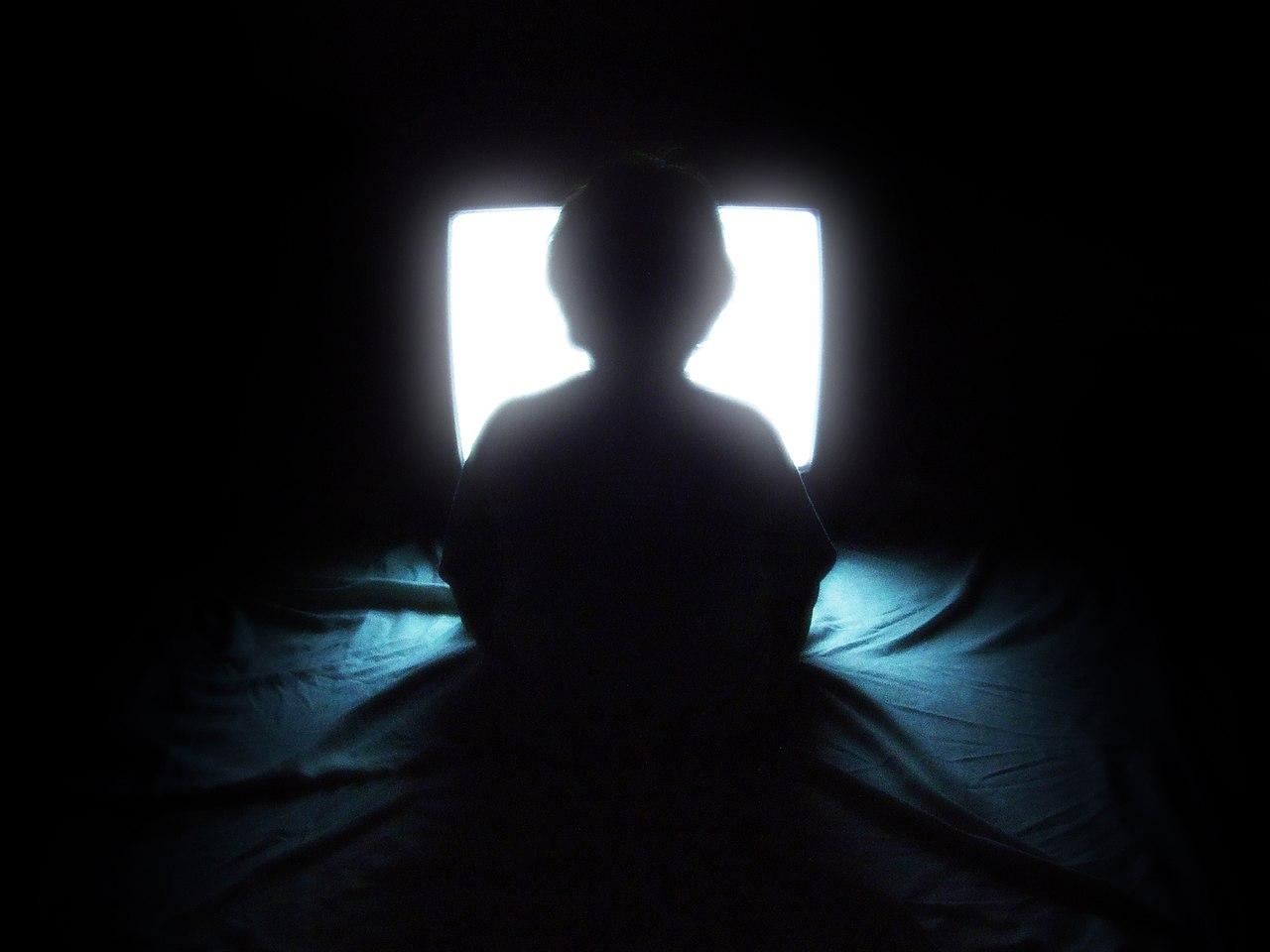Great news for those of you already experiencing subscription fatigue: you can subscribe to buy now, pay later (BNPL) service Klarna for $7.99 a month.
/cdn.vox-cdn.com/uploads/chorus_asset/file/24511279/STK417_H_Herrera_Money_01.jpg)
At first glance, this seemed pretty fucking weird to me. I mean, the entire point of Klarna is that you can essentially do layaway without paying any kind of interest; Klarna has partnered with a wide array of retailers — from Dolce & Gabbana to 1-800-Flowers.com to Macy’s — to create this service. So what’s the consumer value in the subscription?
The subtext of the announcement is, “Hey look, another revenue stream!”
Well, let’s say you shop at, I dunno, Target or Kroger or Safeway. These retailers aren’t affiliated with Klarna, so if you try to use the service there, you have to pay a transaction fee of up to $2. “The main proposition of Klarna Plus right now is that you don’t pay any service fees,” David Sandstrom, the chief marketing officer of Klarna, told CNBC. “So if you love Klarna and if you love shopping at Target and Walmart, it makes a ton of sense financially.”
I am somewhat less sure about that, but we’ll come back to my doubts in a minute. What I do feel sure of is that this is Klarna attempting to goose its rumored IPO. The subtext of the announcement is, “Hey look, another revenue stream!” After all, Klarna’s valuation dropped to almost $8 billion from about $46 billion last year, which, ouch. As a result, Klarna has become the poster child of overly exuberant investments in fintech, according to no less of an authority than the Financial Times.
At the risk of sounding like a dang broken record: this is, of course, related to interest rates. For most of Klarna’s history — the company launched in 2005 — interest rates have been pretty close to zero. Easy credit was everywhere! But rising interest rates might make more people default on their payments.
Klarna offers several ways to split payments. First, paying in four installments with 25 percent down upfront. Second, paying over the course of 30 days. Third, short-term loans, with an APR of as high as, uhhhh, 33.99 percent.
When Klarna started trying to grow its presence in the US market, it began a long string of quarterly losses
Now, to be clear, part of Klarna’s model is that some people won’t pay on time. That means late fees — $7 per missed payment — and eventually, debt collection. About a quarter of BNPL users in the UK have been charged these fees in the last six months of 2023, and younger consumers were more likely to get stuck with them. Some people also took a hit on their credit score or were contacted by debt collectors.
Part of Klarna’s value proposition is that it doesn’t require a credit check. So if your credit is bad, you can still use it. The problem here, of course, is that if you do pay your loan off on time, your credit score doesn’t improve. But it can be harmed if you miss payments.
I am going to leave aside the question of whether BNPL broadly is bad for society. (There is a strong argument to be made that it is, in fact, good.) I want to focus on Klarna, which was profitable from its founding until 2018, Fortune reported. But when the company started trying to grow its presence in the US market, it began a long string of quarterly losses, starting in 2019, that only ended last year.
So between the new interest rate environment and the new investor focus on profitability, Klarna has some incentives to offer new products that will make its IPO juicy. From an investor’s perspective, the subscription plan means recurring revenue, which is good, and a new revenue stream, which is also good. And in case you were curious about who that press release is really for, Klarna makes sure to note it’s sprinkled some AI on its business.
I wonder whether Klarna Plus is a good deal for consumers
But I wonder whether Klarna Plus is a good deal for consumers. Klarna’s press release says that the subscription will save people… $12 a month on fees.
The press release also says that users will get exclusive deals worth up to $30 a month. I find this somewhat befuddling: if you’re in a financial position where saving $12 a month is important, why would you want to be encouraged to spend more money with “exclusive deals”? Remember, Klarna’s value proposition to the businesses it courts is that it encourages people to spend more money. “Businesses of all sizes grow with Klarna,” its website says. “Turn our high-intent shoppers into loyal customers with performance-driven marketing solutions.” It promises “up to 70% increase in revenue” to businesses that use Klarna to deliver “shoppable content that sells.” Hmm!
The UK survey suggests most Klarna users pay off their debt without incurring fees. For Klarna, the most valuable customers are those who are likely to incur late fees. And the examples marketing officer Sandstrom uses are telling: Walmart, Target, Amazon, Costco. You know, the big box retailers where people buy ordinary staples — which suggests the model targets people who are having difficulty with increases in the cost of living.
If those people are successfully paying off their debt, Klarna gets the subscription fee. I don’t see anything in Klarna’s press release about saving on late fees with Klarna Plus. So if you don’t pay off your loan, you’re paying the subscription fee and the late fees.
Anyway, Klarna’s promising to launch more features soon, such as a high-yield savings account, its marketing officer told CNBC. Given Klarna’s IPO plans, I expect those features will be highly appealing to potential investors. But will they be good for Klarna’s customers?




/cdn.vox-cdn.com/uploads/chorus_asset/file/24805888/STK160_X_Twitter_006.jpg)

